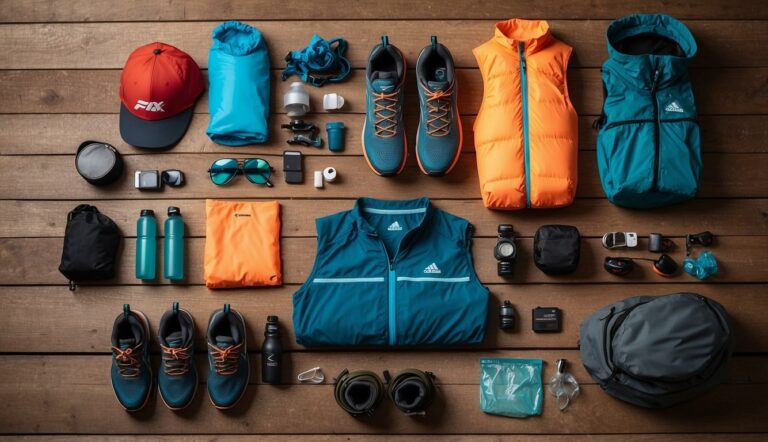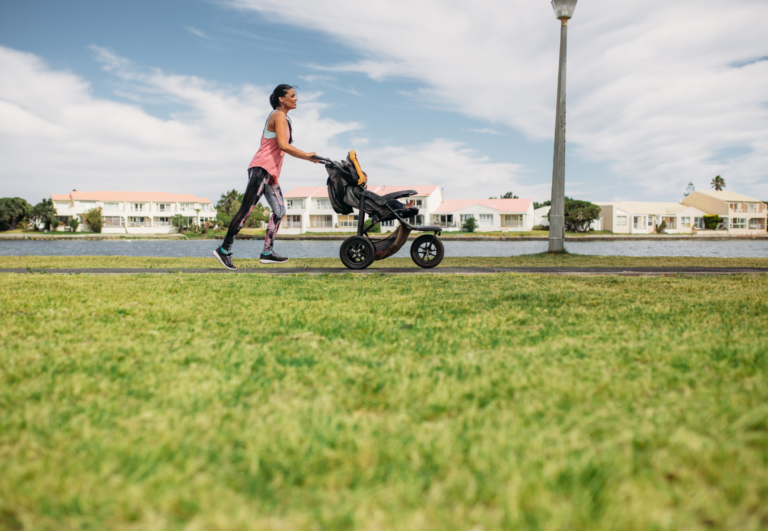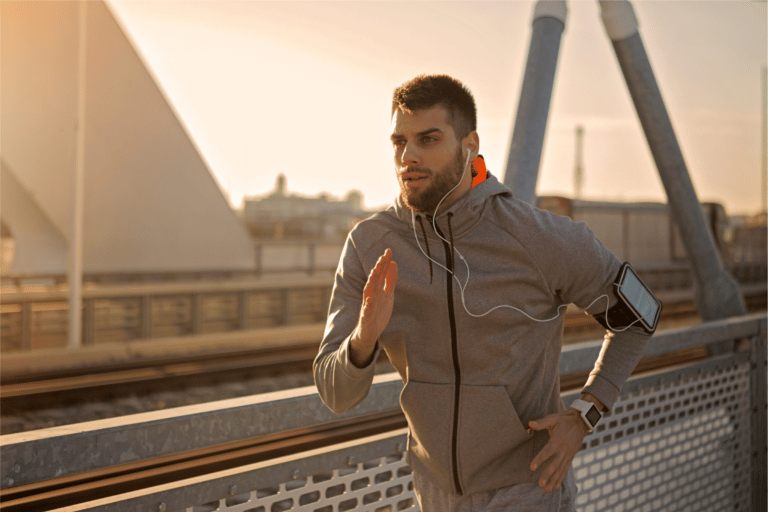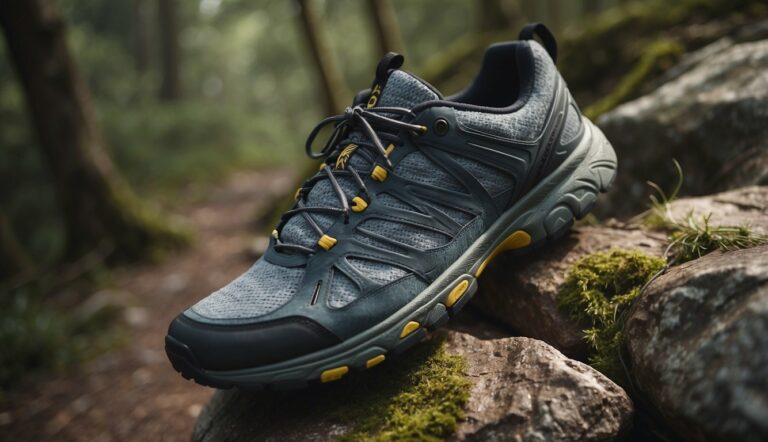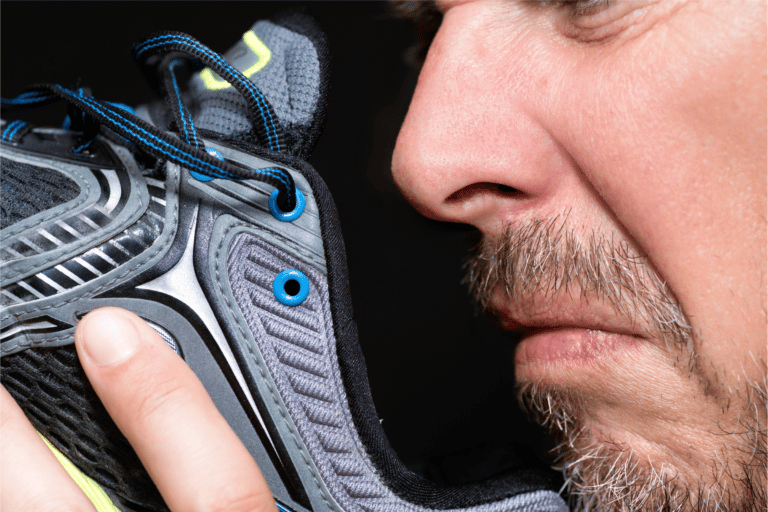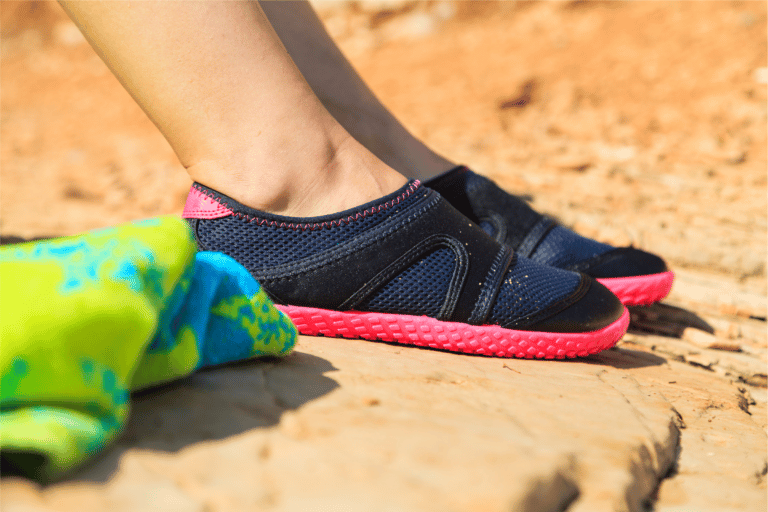Couch to 5K Equipment Essentials: What You Need Before You Start Training
Embarking on a running journey can be both exhilarating and daunting, especially if you’re starting from scratch. The Couch to 5K program is designed to ease you into the world of running, transforming you from a complete beginner to a 5K runner in just a few weeks.
While your determination and commitment are key, having the right equipment can significantly enhance your training experience and help prevent injuries.
Before you take your first stride, let’s talk about the essentials that will support your path from the couch to crossing the finish line of your first 5K. We’ll cover everything from the most critical piece of gear—your running shoes—to the additional accessories that can make your runs more enjoyable and efficient.
Find the Right Running Shoes for Your Couch to 5k
When you begin your Couch to 5K journey, the importance of selecting the right pair of running shoes cannot be overstated. They are the primary equipment that will carry you through your training, and choosing the wrong pair can lead to discomfort or injury. Let’s delve into the details of finding your perfect pair.
Check Your Foot and Arch Shape as well as Your Gait
Before you even step into a store, it’s crucial to understand your feet and how you run. Everyone’s feet and running style are unique, and what works for one person may not work for another.
A professional gait analysis at a specialty running store can provide insight into your running mechanics, such as whether you overpronate (roll inward), supinate (roll outward), or have a neutral gait. This analysis will also consider your foot arch type—high, medium, or low—which affects the level of support you’ll need.
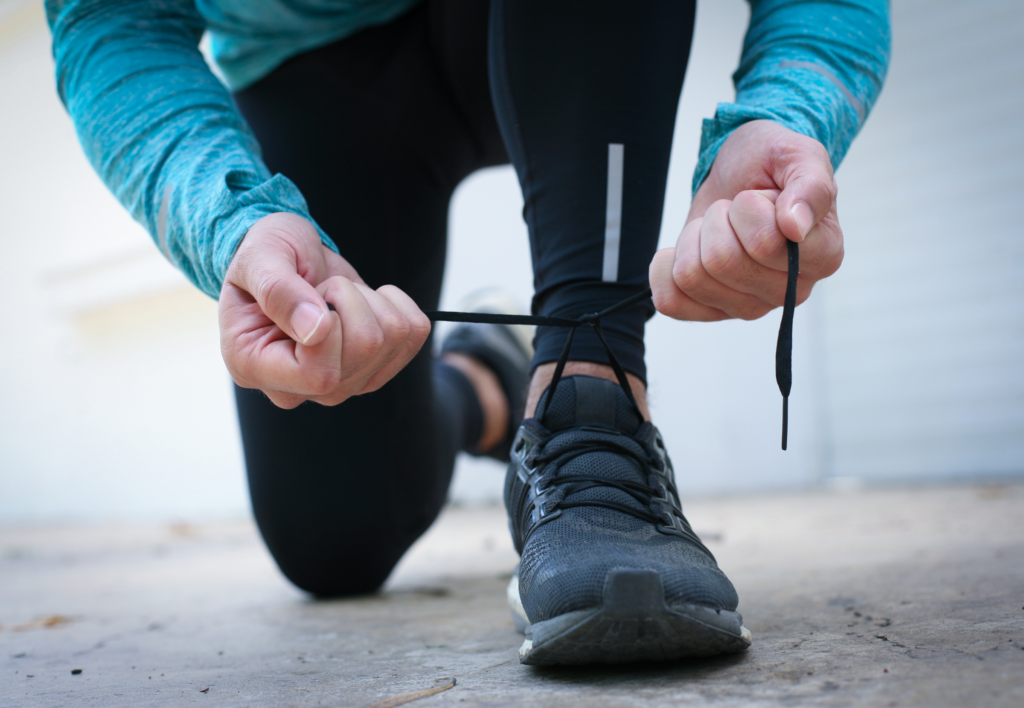
Prioritize Fit and Comfort
Finding a shoe that fits well is paramount. Here are some tips on ensuring a good fit:
- Size Appropriately: Your running shoes should have about a thumb’s width of space beyond your longest toe to accommodate foot swelling during runs.
- Secure, Not Tight: They should feel secure around your heel and midfoot but not tight. There should be enough room to wiggle your toes.
- Wear Running Socks: Try on shoes with the socks you intend to run in to get the most accurate feel for fit and comfort.
- Time of Day: Shop for shoes in the afternoon or evening when your feet are naturally slightly swollen, similar to how they will be during a run.
Shoe Features and Their Functions
The right features in a running shoe can make a significant difference. Here’s what to look for:
- Cushioning: This is all about absorbing the impact as your feet hit the ground. It’s essential for comfort and can help prevent injuries.
- Support: The right level of support helps align your stride and can prevent overpronation or supination.
- Flexibility: A shoe that flexes in the forefoot helps with the natural movement of your foot as you run.
- Breathability: Good airflow keeps your feet cool and reduces the risk of blisters and other discomforts.
Types of Running Shoes
It’s helpful to understand the different types of running shoes available:
- Neutral Shoes: Best for runners with a neutral gait or those who supinate.
- Stability Shoes: Designed for runners who need support due to mild to moderate overpronation.
- Motion Control Shoes: For runners with flat feet and severe overpronation, offering the highest level of support.
Cost Considerations
Quality running shoes are an investment in your running journey. While prices vary, here’s a general idea of what you might expect to pay:
| Shoe Type | Price Range | Features |
|---|---|---|
| Neutral | $100 – $130 | Cushioning, flexibility |
| Stability | $120 – $160 | Support for mild overpronation |
| Motion Control | $130 – $180 | Maximum support, often heavier |
| Trail Running | $100 – $150 | Enhanced traction, durability for off-road |
Remember, the most expensive shoe isn’t necessarily the best for you. It’s more about the right fit and features for your feet and running style.
When to Replace Your Running Shoes
A good rule of thumb is to replace your running shoes every 300 to 500 miles. However, keep an eye on how they feel and look:
- Mileage: Track the miles you run in your shoes to gauge their lifespan.
- Comfort: Notice changes in cushioning and support. If your shoes no longer feel comfortable, it’s time for a new pair.
- Wear Patterns: Uneven wear on the soles can indicate it’s time to replace your shoes.
Popular Brands and Models
While there are many brands and models, some are particularly popular among runners for their consistent quality and performance:
- Brooks Ghost: A versatile shoe known for its balance of cushion and support.
- ASICS Gel-Kayano: Offers excellent stability for overpronators.
- Nike Pegasus: A favorite for its cushioned and responsive ride.
In choosing your running shoes, remember that the most crucial aspect is how they feel on your feet. Take your time trying on different pairs and brands. Don’t rush the process; the perfect pair of running shoes is out there waiting for you. With the right shoes, you’ll be well on your way to conquering the Couch to 5K challenge.
Appropriate Clothing for Running Couch to 5k
Equally important as your shoes, the clothing you wear while running can greatly affect your comfort and performance. The right apparel helps manage sweat, prevents chafing, and can even protect you from the elements. Here’s how to dress for success:
Dress for the Weather
- Hot Weather: Choose lightweight, breathable, and moisture-wicking fabrics to keep cool and dry. Light colors reflect sunlight, whereas dark colors absorb it, so opt for lighter shades during sunny runs.
- Cold Weather: Layering is key. Start with a moisture-wicking base layer to keep sweat off your skin, add an insulating layer for warmth, and finish with a wind-resistant and water-repellent outer layer.
- Rainy or Windy Conditions: A lightweight, water-resistant jacket is essential to stay dry and protect against wind chill.
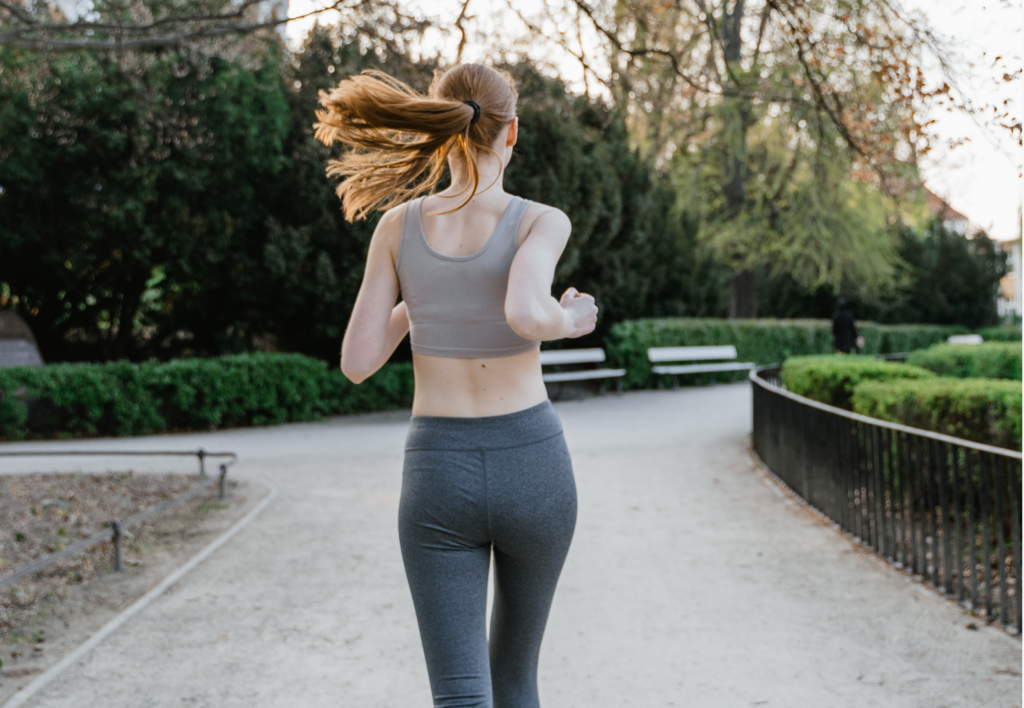
Avoid Cotton
- Cotton absorbs moisture and takes a long time to dry, which can lead to uncomfortable chafing and temperature regulation issues. Synthetic fabrics like polyester or nylon are better choices for running clothes.
Fit Matters
- Your running clothes should fit comfortably, not too tight or too loose. Clothes that are too tight can restrict movement and cause chafing, while baggy clothes can create drag and be cumbersome.
Reflective Elements
- If you’re running in low-light conditions, make sure to wear clothing with reflective elements to increase your visibility to drivers and other pedestrians.
Cost Considerations
Here’s a basic price range for running apparel:
| Apparel Type | Price Range | Features |
|---|---|---|
| Technical T-Shirt | $20 – $50 | Moisture-wicking, breathable |
| Running Shorts | $20 – $60 | Lightweight, moisture-wicking, built-in liner |
| Compression Gear | $30 – $100 | Improves circulation, muscle support |
| Running Jacket | $50 – $150 | Water-resistant, windproof, breathable |
Investing in a few high-quality pieces of running apparel can make a significant difference in your comfort and may enhance your overall running experience.
Running Apps and Technology
In today’s digital age, technology can be a runner’s best friend. From tracking your progress to providing motivation, here’s how tech can help you on your Couch to 5K journey:
Running Apps
- Couch to 5K Apps: There are apps specifically designed to guide you through the Couch to 5K program. They provide a structured plan, coaching tips, and track your progress.
- General Running Apps: Other running apps can track your distance, pace, and calories burned. Some also offer GPS mapping of your runs, personalized coaching, and the ability to share your achievements with friends or a community.
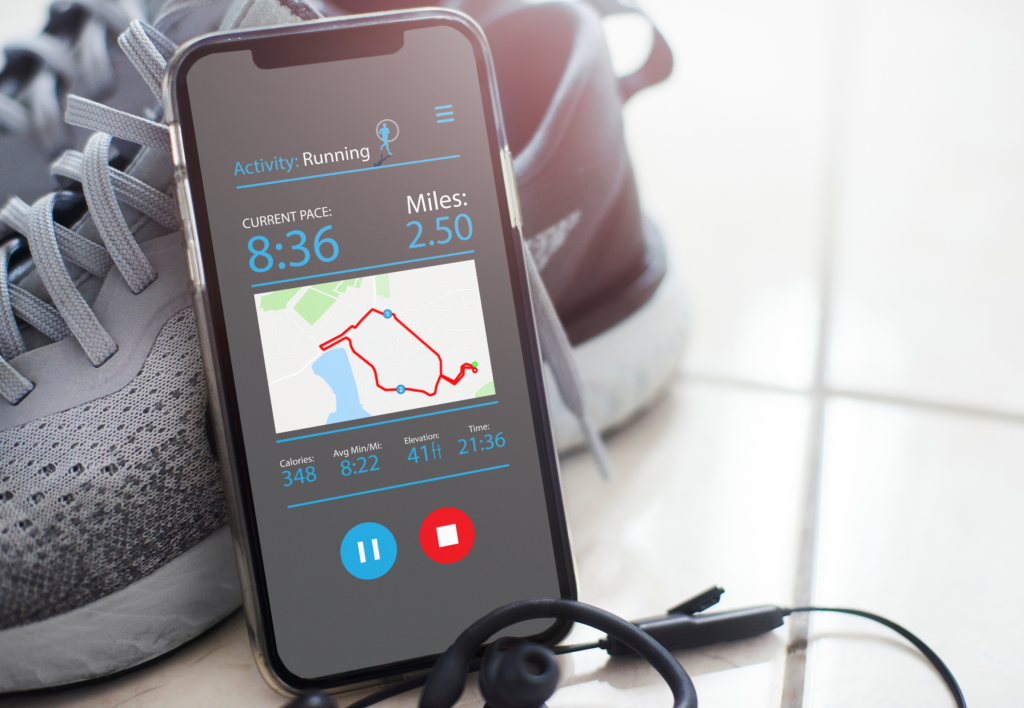
Wearable Tech
- Fitness Trackers: These devices can monitor your steps, distance, heart rate, and even your sleep, giving you a comprehensive view of your fitness progress.
- Smartwatches: Many smartwatches have built-in fitness tracking capabilities, along with the added benefits of notifications, music control, and more.
Cost Considerations
The cost of tech for runners can vary widely depending on the features and brand:
| Tech Type | Price Range | Features |
|---|---|---|
| Running App | Free – $10/month | Training plans, tracking, coaching |
| Fitness Tracker | $50 – $200 | Step, distance, heart rate tracking |
| Smartwatch | $150 – $600 | Comprehensive fitness tracking, notifications |
While not essential, technology can provide valuable feedback and motivation, making it a worthy addition to your Couch to 5K equipment essentials.
Running Hydration and Nutrition
Maintaining proper hydration and nutrition is crucial for any running program, especially as you start increasing your distance with a Couch to 5K plan. Your body needs the right fuel and fluids to perform at its best and recover quickly.
Hydration Strategies
- Before Your Run: Hydrate well throughout the day, especially in the hours leading up to your run.
- During Your Run: For longer runs or in hot weather, carry water with you. Hydration belts, handheld bottles, or a running vest can be helpful.
- After Your Run: Rehydrate with water or an electrolyte drink to replace fluids lost through sweat.
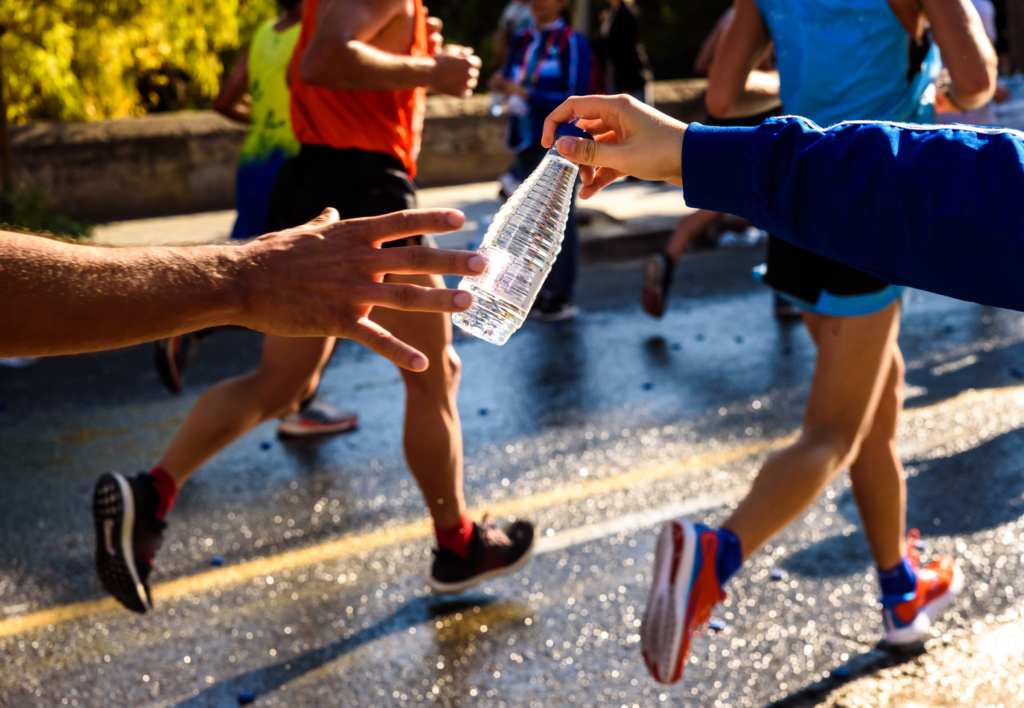
Nutrition Basics
- Pre-Run: Eat a light snack or meal that’s high in carbohydrates and low in fat and fiber to give you energy without upsetting your stomach.
- Post-Run: Refuel with a mix of protein and carbs within 30 minutes after your run to aid muscle recovery and replenish glycogen stores.
Cost Considerations
Hydration and nutrition don’t have to be expensive, but here are some items you might consider:
| Equipment Type | Price Range | Features |
|---|---|---|
| Handheld Bottle | $10 – $30 | Easy to carry, various sizes |
| Hydration Belt | $20 – $50 | Hands-free, storage for personal items |
| Running Vest | $50 – $100 | Higher capacity, stability, extra storage |
| Electrolyte Tabs | $5 – $15 | Add to water for replenishment |
While you don’t need to carry water on every run, having the right hydration gear can make longer runs more comfortable and safe.
Safety Gear
Safety should always be a top priority, whether you’re running on busy city streets or secluded country roads. Here’s how to stay safe while running:
Visibility
- Reflective Clothing: Wear clothes with reflective materials if you’re running in the early morning or evening.
- Lighting: Consider a headlamp or clip-on lights to make sure you’re seen by others and to light your path.
Personal Safety
- Identification: Carry ID or wear an ID bracelet with your name, emergency contact information, and any important medical information.
- Communication: Bring a phone for emergencies and to track your run.
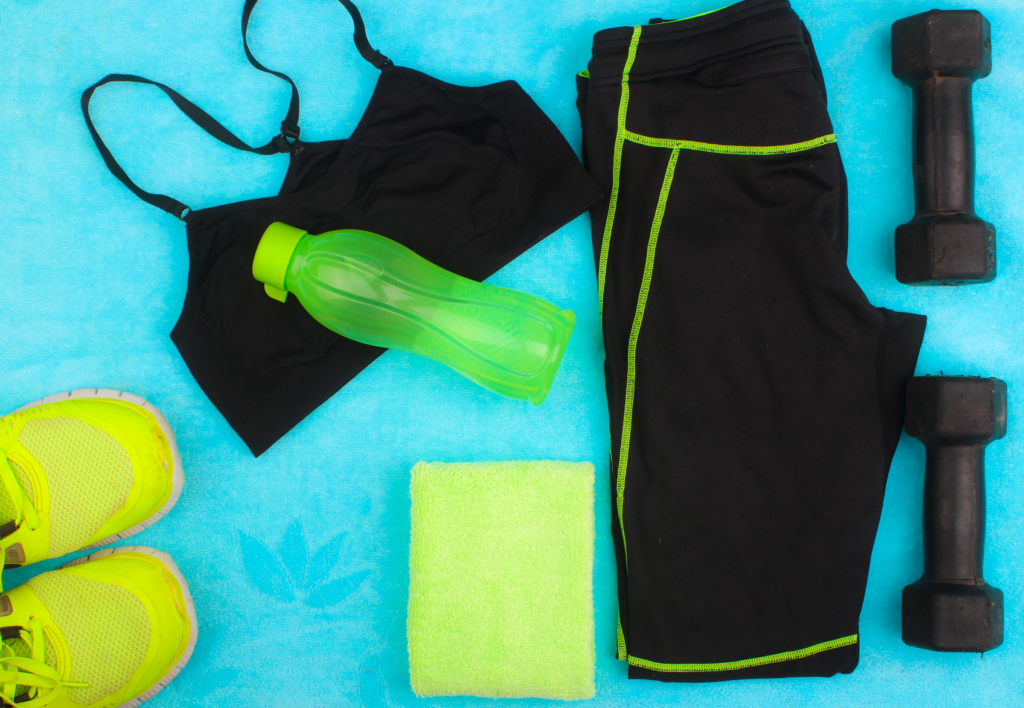
Environmental Protection
- Sun Protection: Wear sunscreen, sunglasses, and a hat or visor to protect against sunburn and glare.
- Weather Preparedness: Be aware of the weather forecast and dress appropriately. Avoid running in extreme weather conditions.
Cost Considerations
Staying safe doesn’t have to cost much, but investing in some key items can be worthwhile:
| Safety Item | Price Range | Features |
|---|---|---|
| Reflective Gear | $10 – $50 | Vests, bands, clip-on lights |
| Headlamp | $20 – $100 | LED lights, adjustable straps, rechargeable |
| ID Bracelet | $10 – $30 | Personal info, durable, comfortable |
| Sunscreen | $5 – $20 | Broad-spectrum protection, water-resistant |
Safety gear is a small investment that can make a big difference in preventing accidents and ensuring that you can get help if needed.
Recovery Tools
Proper recovery is as important as the run itself, especially for new runners whose bodies are adapting to the increased physical demands. Here’s what you need to know about recovery tools:
Importance of Recovery
- Muscle Repair: Recovery tools can help alleviate muscle soreness and speed up the repair process.
- Flexibility: Regular use of recovery tools can improve flexibility and reduce the risk of injury.
Recovery Tool Options
- Foam Rollers: Use these for self-myofascial release to reduce muscle tightness and improve blood flow.
- Massage Balls: Target specific areas like the arches of your feet or your shoulders.
- Compression Wear: These garments can improve circulation and reduce muscle soreness post-run.
Cost Considerations
Investing in recovery tools can be cost-effective in the long term by potentially reducing the need for professional massages or physical therapy:
| Recovery Tool | Price Range | Features |
|---|---|---|
| Foam Roller | $15 – $40 | Various densities and textures |
| Massage Balls | $5 – $20 | Portable, can target specific areas |
| Compression Wear | $20 – $100 | Socks, sleeves, tights for various body parts |
Regular use of these tools can help keep your body in good running condition and contribute to a smoother training process.
Additional Accessories
To enhance your running experience and make each run more enjoyable, consider these additional accessories:
Music and Entertainment
- Earphones: Wireless or sweat-resistant earphones can make listening to music or podcasts more comfortable.
- Running Armbands: If you prefer to carry your phone, an armband can keep it secure and accessible.
Convenience Items
- Running Belts: Carry your essentials like keys, ID, and phone without them bouncing around.
- Water-Resistant Phone Case: Protect your phone from sweat and rain.
Cost Considerations
These accessories can vary widely in price, but here’s an idea of what you might spend:
| Accessory Type | Price Range | Features |
|---|---|---|
| Wireless Earphones | $30 – $200 | Bluetooth connectivity, water-resistant |
| Running Armband | $10 – $40 | Adjustable, sweat-resistant |
| Running Belt | $15 – $50 | Storage for essentials, adjustable fit |
| Sunglasses | $20 – $200 | UV protection, comfortable fit |
While these items are not essential, they can make your runs more pleasant and help you stay focused on your training.
Conclusion
As you embark on your Couch to 5K journey, having the right equipment can make a significant difference in your comfort, performance, and overall enjoyment. From the foundational running shoes to the additional accessories that cater to your personal preferences, each piece plays a role in supporting your running goals. Remember, investing in quality gear is investing in your health and success as a runner.
Now that you’re equipped with the knowledge of what you’ll need, you’re ready to take the first step. Lace up your shoes, hit the pavement, and enjoy the transformative experience of becoming a runner. Happy running!

